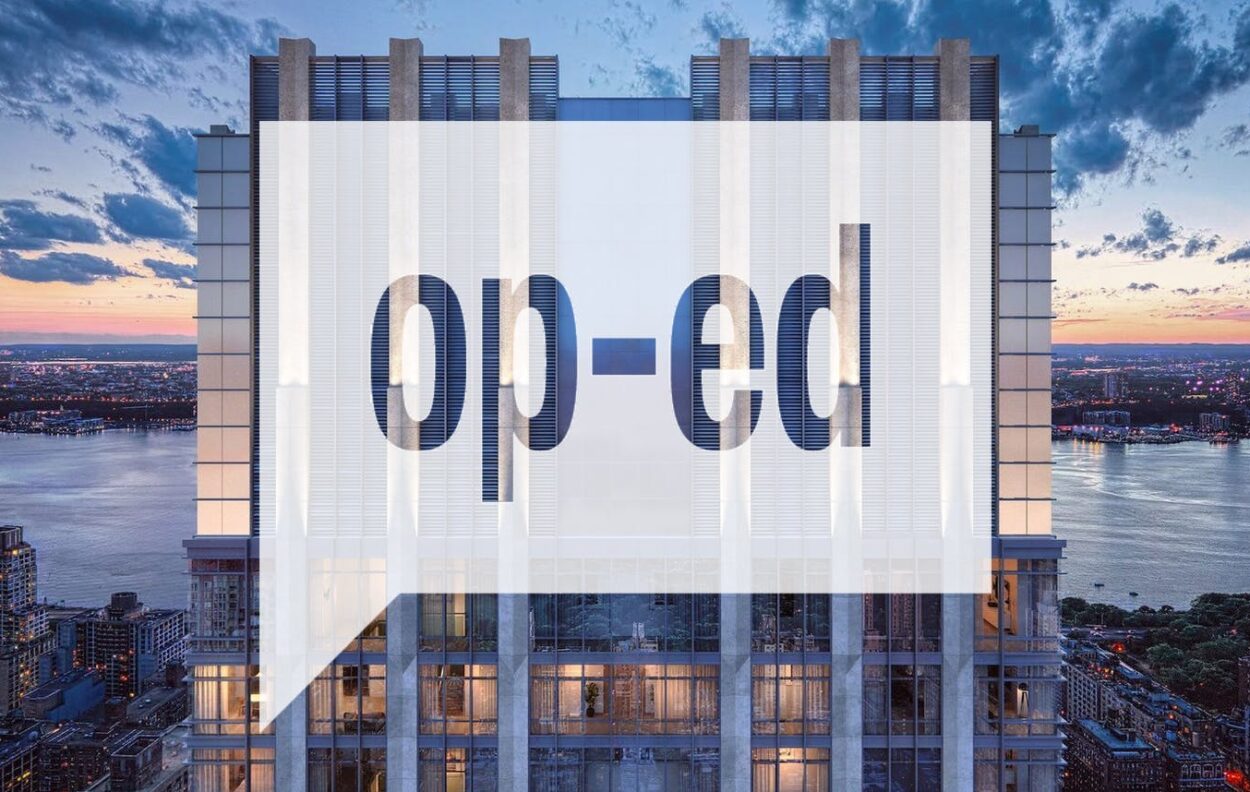Originally published on Archinect
EXCITE
Rem Koolhaas, chief curator of the 2014 Venice Biennale, managed to excite us, again forcing us to rethink the Elements and Fundamentals of architecture. For me, this is the first time I felt a real desire to visit the show, which I have always imagined to be more like an amusement park for new design.
INSIGHT
So why am I, along with many others, intrigued by this year’s event? One may agree with Peter Eisenman that architecture is a language, while Koolhaas’s exhibition presents only words, neglecting the grammar of a cultural discourse; or perhaps Libeskind’s words resonate with us, calling for a return to “the magical task of drawings.” Nevertheless, Koolhaas managed to shift the architectural conversation yet again, as he has done numerous times in the last fifty years. Recall Delirious New York, when Koolhaas pointed to the crucial role of technology in modernism and introduced Elisha Otis, the inventor of the safety elevator. Or his description of a new building typology of extra large structures in SMLXL, and the place of China in the new economy of construction in the Pearl River Delta project. But while these explorations challenge our understanding of architectural objects, the forms and types of building structures, they focus for the most part on the forces shaping these objects, while neglecting the unexplored territories hidden within the architect and user as subjects.
We learn to recognize our own feelings through the mirroring of parents and caregivers, and we think within a relational field of people and places. The physical environment participates in these learning processes of widening human and social experience. Architecture creates stages on which new ways of living can occur.
Architecture is another way of thinking and a building is an interface between our fragile body and the powerful forces of nature, between individual solitude and the social, pulsating metropolis. Buildings facilitate the connection of the individual to the city and its infrastructure. Electricity travels in and out of copper wires, pumped water arrives at our faucets and sewage departs for the treatment plant. People enter and exit in rhythmic currents and air, light and heat stream in and out. Architecture is a meditation and elaboration of self-other relations and self-other creation.
Physical spaces, like their inhabitants, simultaneously have undeniable limitations and myriad possibilities. Like psychoanalysis, architecture awakens thoughts, memories, dreams, projections and mood, creating the liminal space between the individual and the world, between ego and reality. It is in this intersubjective zone that we live our lives.
INCITE
Trauma restricts our emotional and rational abilities; it dissociates and splits off affect. Our environments also segregate population and functions, relegating that which is less beautiful or unstable to hidden peripheries. Mental health is the ability to embrace life to the fullest. Urban health might be similar. The task of architecture is to expand the range of human experiences and activities, to invent and nurture spatial pathways for robust living.
Our cities create spaces for human activities. Public monuments evoke respect for organized democracy, homes shelter and rejuvenate, schools promote community and curiosity and malls entertain with consumerism. We expect these spaces to feel good and safe.
Mental health is the ability to embrace life to the fullest. Urban health might be similar. Architecture has always been a conservative cultural expression. It depends on governmental support, financial institutions, building codes and clients. While twentieth century modern art expanded the subjects deemed appropriate for art, modern architecture remained loyal to an almost unchanging mission, stated by Vitruvius two millennia ago. It embraced the task of “firmitas, utilitas, venustas”.
While stability, unity and beauty are positive aims, buildings must also embrace broader goals. Is it not our task as architects to facilitate a reclaiming of those split off and to help people, places and functions burdened by dissociation due to trauma or repression? Shouldn’t our city be home to the most diverse and magnificent expression of human knowing and living?
In Venice Koolhaas catalogued the forms and typologies of the last one hundred years of modern architecture. While this inventory is impressive, exposing what modernism has built, it leaves it to us, viewers and architects, to find what was has been avoided in this century of building. It is to the intersubjective nature of architectural thinking that we need to turn in order to find those aspects that we repressed and neglected. Although Koolhaas has managed to EXCITE us over the last half century, it is through the reality of the architectural site, emotional INSIGHT and the radical will to INCITE that architecture can become a transformational agent creating new kinds of spaces for the full range of human living.

